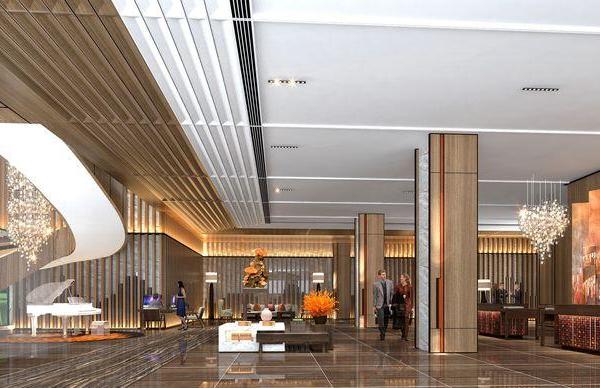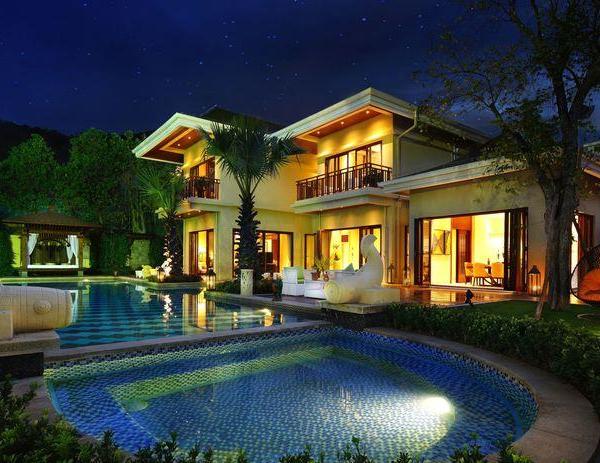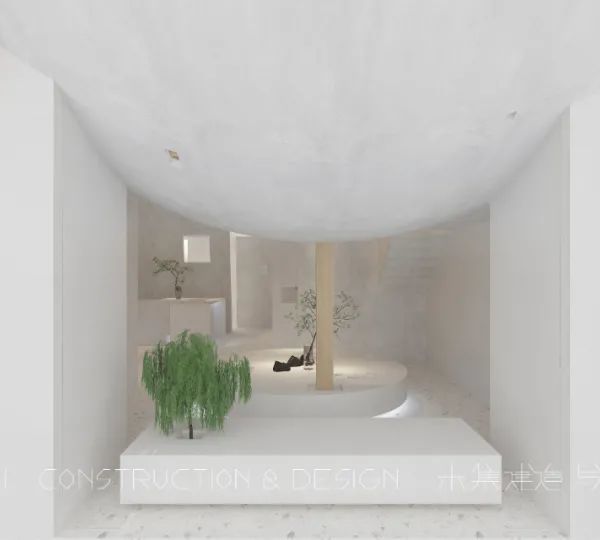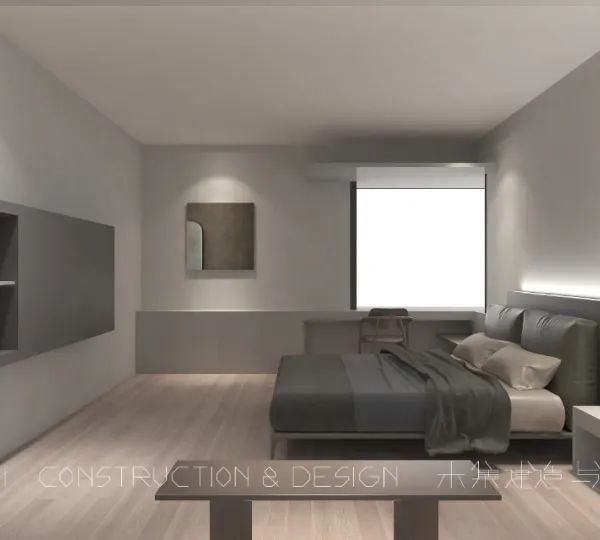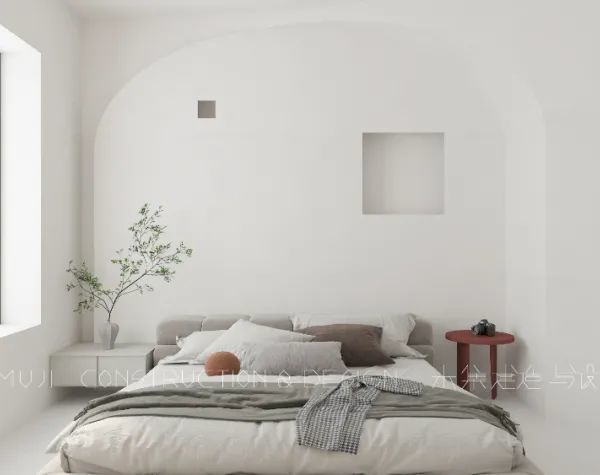Laminam was the first to make this possible. The company supplied the cladding surfaces for the Hotel Nodo in Santiago, Chile making it South America’s (*) first bioactive building. The Italian company’s products treated with bioactive technology were selected by Chilean architect Ricardo Stein, who is specialised in eco-sustainable buildings, for his project. He wanted an architectural element that could aesthetically evoke nature in an artificial area while actively fighting pollution.
Stein explained, “Chile is presented to other countries as a land of landscapes. The Hotel Nodo attempts to iconographically represent landscapes as an element of differentiation, and satisfy the search for unique new experiences for people who temporarily live in a hotel. At the same time, the hotel was built with the intention of artificially reproducing nature and not only for aesthetic reasons. The goal was to create a structure associated with the idea of being a living organism.” To reach his goal, Stein did not choose a design solution that involved natural materials (stone and wood) or the creation of architectural spaces where trees could grow, like Stefano Boeri’s famous “Bosco Verticale” in Milan. Stein opted for a conceptual solution instead.
“Nature is read aesthetically and iconographically,” explained Stein, “with a stone base on which a wooden vertical body grows with a regular-irregular order, as if it were a forest.” However, following the project’s ideal premise, he used concrete for the base and a pillar, beams, and reinforced concrete slab system for the vertical structure. This allowed “maximum flexibility of use, which is essential in multifunctional buildings”. These façades are covered in Laminam’s bioactive ceramic slabs. Stein explained his choice in this way: “We were looking for surfaces that made us think of wood, particularly forest tree trunks to represent the natural element. We needed something that could help fight pollution by acting as an authentic green space. This meant purifying the air like real trees. We realised that the surfaces produced by Laminam could meet image and function purposes.”
Stein found what he was seeking by combining the different textures available in Laminam’s extensive range of finishes with the bioactive treatment. This is an option available on most of the ceramic surfaces manufactured by the Italian company, which has always been a leader in technological innovation. Stein’s decision was influenced by the level of assistance that Laminam offers throughout the project design and construction phases through its Chilean partner, Bercia: “The supplier helped us with the calculations required to install the ventilated façades and technical details for making the anchors,” said Stein. “Its support was invaluable and helped us avoid unforeseen issues during the construction phases, and possibly additional costs.”
The building’s iconic façades are covered with 2,300 sqm of Laminam slabs with a thickness of 3 mm treated with bioactive technology that act like a living plant organism in sunlight and purifies as much air in a year as 1.5 hectares of forest. These surfaces self-clean with rainwater, drastically limiting cleaning and maintenance operations, which saves considerable amounts of money and maintains the building’s features and appearance over time.
On the first through to the third floors, the hotel has public areas: a restaurant, a coffee shop, meeting rooms and a co-working space. The residential rooms are found on the fourth through to the 11th floors. The hotel interiors show Stein’s attention to the environment. “The windows and materials used to insulate the building create an extremely efficient thermal cladding. The HVAC system features heat pumps in cascade connections divided into sectors for each floor. These technical solutions make it possible to reduce energy consumption considerably.” Following the project’s specifications, all materials used for the various building functions are recyclable. “This is what undoubtedly causes us to define the hotel as one of the most sustainable buildings in Chile, from every point of view,” said Stein.
{{item.text_origin}}


